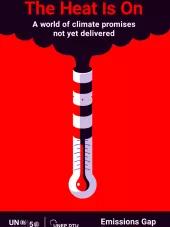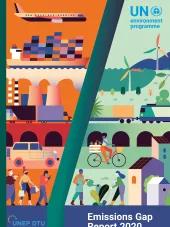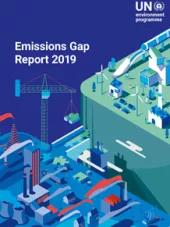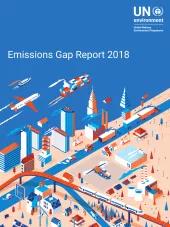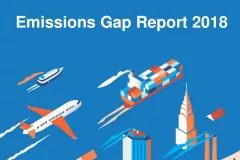The goal of the Paris Agreement on climate change, as agreed at the Conference of the Parties in 2015, is to keep global temperature rise this century to well below 2 degrees Celsius above pre-industrial levels. It also calls for efforts to limit the temperature increase even further to 1.5 degrees Celsius.
The UN Environment Emissions Gap Report 2017 presents an assessment of current national mitigation efforts and the ambitions countries have presented in their Nationally Determined Contributions, which form the foundation of the Paris Agreement.
What’s new in this year’s report?
This year, the Emissions Gap Report includes an assessment of the emissions associated with the Nationally Determined Contributions and current policies of each of the G20 members, including the European Union. This is in addition to presenting an update on global greenhouse gas emissions and national actions to meet the earlier Cancun pledges.
Exploring “negative emission technologies” This year’s report explores removing carbon dioxide from the atmosphere as an additional way to mitigate climate change, over and above conventional abatement strategies.
An analysis of global carbon dioxide emissions from energy and industry Global greenhouse gas emissions per region/Global CO2 emissions per region from fossil-fuel use and cement production The Report includes a new systematic assessment of how various economic sectors can reduce their climate-warming emissions, focusing on the potential reductions from the wide application of already-known and cost-effective technologies.
The role of short-lived climate pollutants The report describes the opportunities offered by limiting emissions of the so-called short-lived climate pollutants. Reductions of these pollutants will limit the rate of short-term warming, and when sustained and combined with reductions in carbon dioxide emissions, they help to limit long-term warming, which is the ultimate aim of closing the emissions gap.
Phasing out coal This year’s report includes a detailed assessment of global developments in the coal sector. This also examines the options and barriers for a gradual coal phase-out.
NewClimate Institute staff (Niklas Höhne, Takeshi Kuramochi and Hanna Fekete) lead and contributed to Chapter 2 on pre-2020 action, Chapter 3 on the emissions gap in 2030 and its implications.



